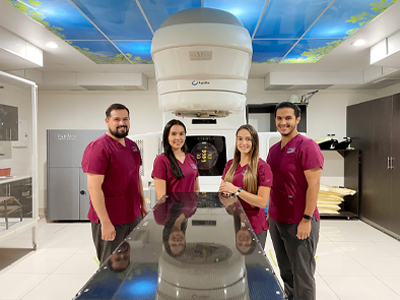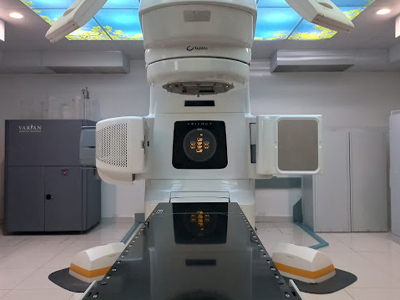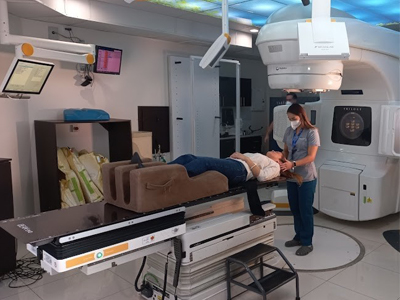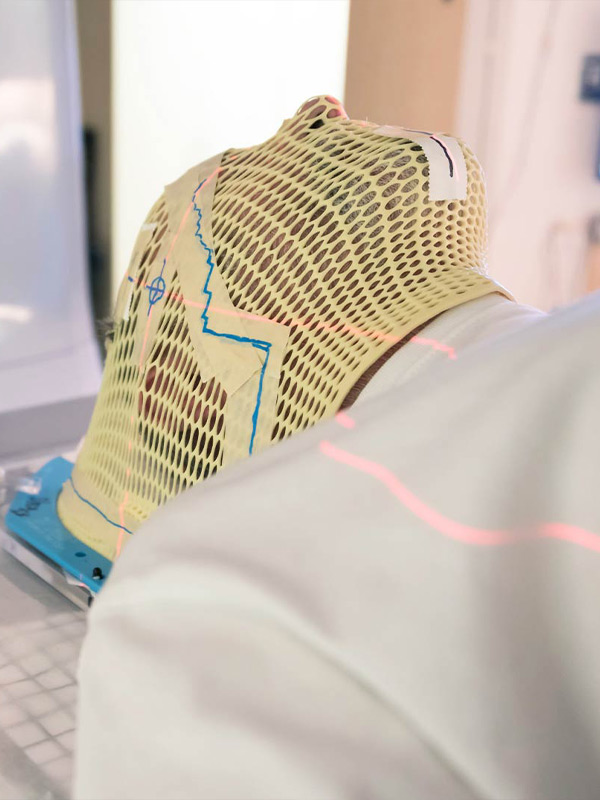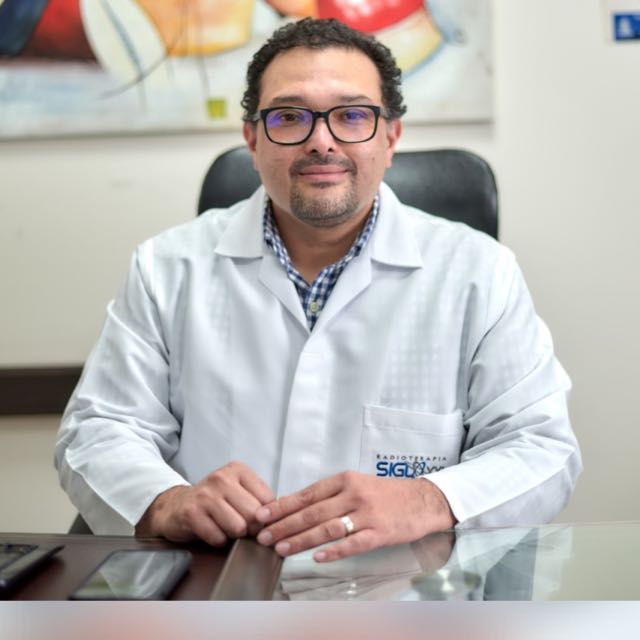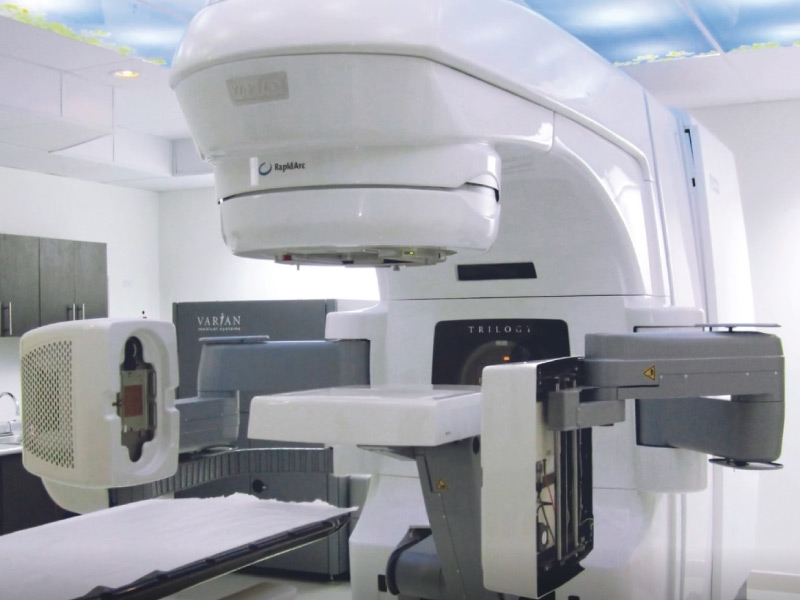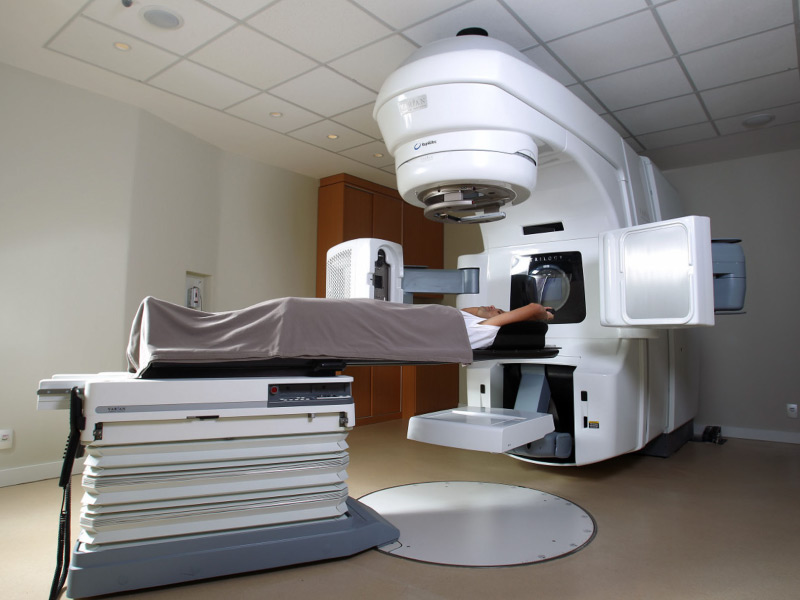
Receive your cancer treatment while you relax in Costa Rica
Regionally recognized medical center acredited by Accreditation Commission for Health Care (ACHC) from the US guarantees international quality standars in oncological treatments.
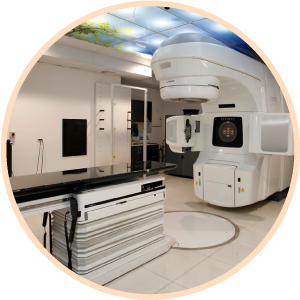
ONCOLOGICAL TREATMENTS
Radiation Oncology treatment orsystemic treatments (chemotherapy orimmunotherapy) all in one place during your stay.

MANY DESTINATIONS
On weekend the patient plus acompanion will enjoy one of our mainparadisical destinations to disconectand relax. There are many destinationsto choose between beaches, montainsand forests.

LODGING, TRANSFERS AND FOOD
This package includes all theamenities: transfers, accommodation, tours and foodfor the patient plus a companion.

TREATING CANCER
WHILE RELAX
- Our strengths -
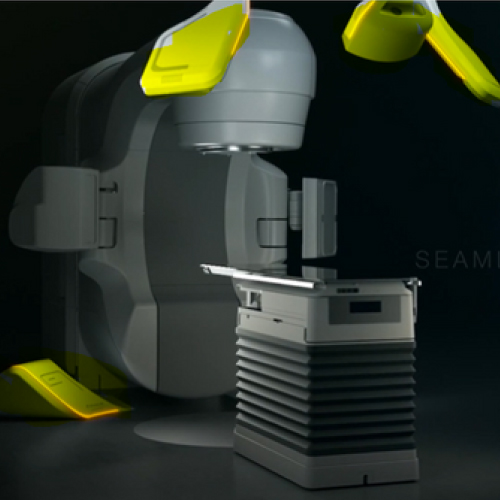
HIGH TECHNOLOGY AND HUMAN RESOURCE
Our Technology:
- Varian Lineal Acelerator
- EXACTRACT: Real-time image guidance system
- ELEMENTS: Treatment planning software complemented with A.I.In
Addition our staff is componded by Radiation Oncologists, Medical Physicists and imagenologists trained in the US and Europe.

HIGH QUALITY OF LIFE INDICATORS
- Our population has a literacy rate of 100%.
- Our country is located in a geographical area that has an enviable climate all year round.
- It also has access to excellent health services, good road infrastructure and one of the
blue zones worldwide, which places us among the best countries in the world to retire.

PARADISIACAL DESTINATIONS
Our patients will be able to choose one of this three destinations:
- Arenal Volcano: Trails and hanging bridges exploring the forest. Also enjoy true peace in the
therapeutic embrace of our modern, intimate volcanic hot springs. - Monteverde: Forest walk in peace and tranquility surrounded by beautiful butterflies and sleepy sloths.
- Pacific Ocean: Enjoy thewarm waters from our pacificocean and watch the beautifilsunset.
Let us be part of your healing process
We have more than 25 years of experience and more than 13,000 patients treated.
If you want more information regarding the process for treating Cancer in Costa Rica please contact us.
- karen.saborio@siglo21.cr
- +506 8898-4773
*All incluided in one Insurance package $20,000 to $40,000
Final fee depends on number of days of treatment

